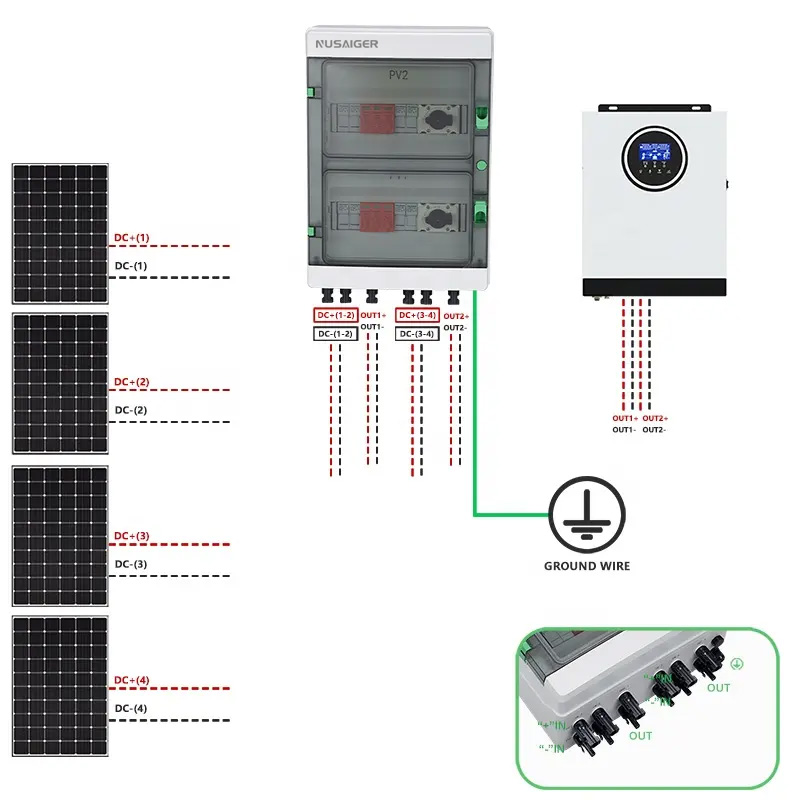What Is a Photovoltaic Combiner Box? Understanding Its Role in Solar Systems
A photovoltaic combiner box, also known as a PV combiner box, is a vital part of any solar power system. It combines the output of multiple solar panel strings into one main output before connecting to the inverter. This reduces cable runs, improves system efficiency, and increases overall safety. In this article, we’ll dive deep into its function, structure, and importance in both residential and commercial applications.
1. Why Use a Combiner Box?
When solar panels are connected in strings, each string produces DC electricity. Without a combiner box, each string would require a separate set of cables to connect to the inverter. This would be expensive, inefficient, and messy. A PV combiner box consolidates these outputs into a single, manageable line, saving space and cost.
In large-scale systems, combiner boxes are indispensable for streamlining electrical connections and minimizing transmission losses.
2. Key Components Inside a PV Combiner Box
- Fuses: Protect each individual string from overcurrent conditions.
- Surge Protection Devices (SPD): Divert high voltage spikes caused by lightning or grid events.
- MC4 or Terminal Blocks: Provide reliable electrical connections for each input string.
- Disconnect Switches: Allow safe shutdown during maintenance or emergency.
- Monitoring Modules: (optional) Track voltage/current of individual strings for diagnostics.
3. System Integration
Combiner boxes are typically mounted near the solar panels. The output of the combiner box is then routed via heavy-duty cabling to the inverter. This configuration is especially useful in ground-mounted systems and large rooftop solar arrays.
4. Voltage and Current Considerations
Combiner boxes are rated according to the maximum voltage and current they can handle. For example, a 1000V or 1500V combiner box might accommodate up to 24 strings, each rated at 15A. Proper rating ensures system safety and code compliance.
5. Enclosure and Environmental Ratings
Because combiner boxes are often mounted outdoors, enclosures must be weatherproof. Look for IP65 or NEMA 4X rated models for protection against dust, water, and UV exposure.
6. Grounding and Surge Protection
Grounding is essential for protecting both the system and personnel. Combiner boxes typically include grounding bars and SPD units to manage lightning-induced surges. Correct grounding reduces the risk of fire, inverter damage, or electrocution.
7. Maintenance Benefits
Combiner boxes simplify maintenance by localizing all connections in one place. If a string fails, it can be isolated and serviced without affecting the entire system. Monitoring-enabled boxes even notify operators of the failure automatically.
8. Cost vs Benefit
Although a PV combiner box adds cost to the initial setup, it pays off by improving reliability, safety, and performance. In long-term operation, it reduces repair costs, downtime, and risk.
9. Standards and Certifications
Ensure the combiner box complies with standards like:
- UL 1741
- IEC 61439
- NEC Article 690 (for U.S. installations)
Certified devices assure quality and legal compliance.
10. Conclusion
In conclusion, the PV combiner box may seem like a minor component, but its impact on system performance, safety, and manageability is significant. Selecting the right one and installing it correctly ensures that your solar system operates at its best for years to come.



